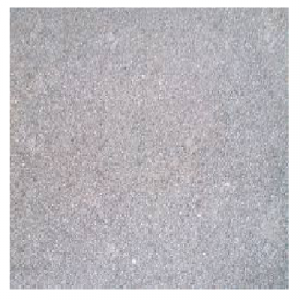| Behdis Saman Amin |

| Registration Date | 21 Jan 2021 |
| Revision Date | 21 Jan 2021 |
| Share |
Construction Decoration
Concrete flooringContains nanoparticles Abrasion and bending resistant Consists of the finest raw materials Resistant to cold, heat and moisture Ease of implementation and no need for special machines Applicable in various designs Applicable with wet or dry mortar Easy repair in case of problems High traffic tolerance According to the national standard INSO 755-2, with the use of nanoparticles in the manufacture of concrete flooring, the compressive strength has increased by 92.33% and the wear resistance has increased by 14.55%. Also, the water absorption of the sample containing nanoparticles was reduced by 2.1% compared to the control sample.
Concrete is a kind of composite material that consists of an adhesive with cementitious properties. Concrete is one of the most widely used building materials, the main feature of which is the cheapness and availability of raw materials. As a widely used product, concrete flooring is used as a new floor covering, in specific shapes and thicknesses, in parks, urban and industrial thoroughfares. Concrete flooring which is anti-wear and also resistant to climate change, is produced by two methods of vibration and pressing. Concrete flooring is made in two levels, which include the upper surface (face) and the bed surface (main) and during use, the upper surface of the flooring is visible and exposed to wear and mechanically forces. Concrete used in the production of flooring is usually made of cement, water, aggregate and concrete adhesive so that the materials used at the top surface are finer than the materials at the bed surface to provide greater strength. Different types of additives are usually used to improve the properties of concrete used in the production of flooring. Admixture in the form of powder or liquid, as one of the components of concrete, is added shortly before mixing or during mixing of concrete. The performance and properties of concrete largely depend on the amount and dimensions of the substructures used, such as C-S-H particles, cement gels and capillaries. Some new materials, such as nanoparticles, can increase the properties of concrete, including abrasion resistance, due to the excellent properties obtained by their very small dimensions.